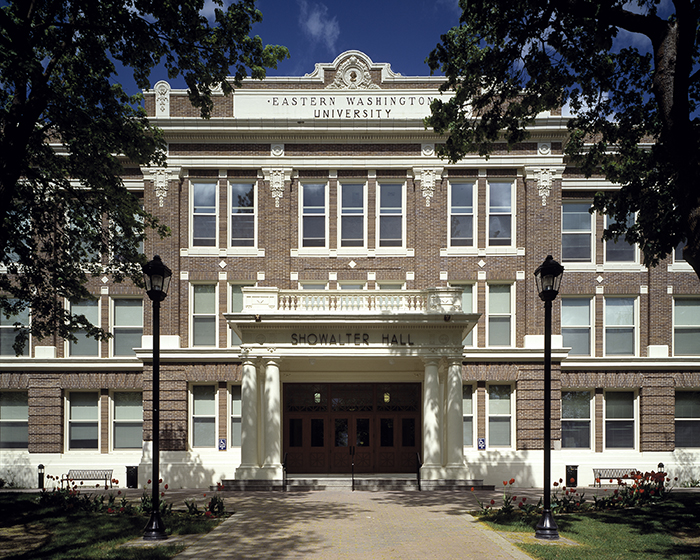Creating a Better Future Through Retrofitting and Replacing
Improving historic and existing buildings

Replacing and retrofitting window, curtainwall, storefront and entrance systems present our industry with an ongoing, important opportunity to improve the energy efficiency of existing building envelopes while retaining the desired and historic appearance.
History may be more recent than we think
When we think of historic buildings in America, we might imagine classic architectural exteriors with 1800s Beaux Arts arched windows and columned entrances, early 1900s Art Deco colorful glass patterns and decorative shapes, or 1950s Brutalist angular windows and monochrome palettes.
The newest of the “old” properties were built 50 years ago. Buildings completed in 1977 are eligible for consideration by the National Register of Historic Places. Candidates might include:
-
Boston’s 60 State St. pink granite-clad office tower with floor-to-ceiling windows
-
Detroit’s Renaissance Center city-within-a-city brick-and-glass hotel and office towers (now Detroit Marriot and GMRenCen)
-
San Francisco’s massive Modernist concrete-and-glass Embarcadero Center
-
Kansas City’s iconic 28-story IBM Plaza (now 2345 Grand) showcased an early use of reflective glazing
Renovation may be more necessary than we knew
It was also in 1977 when the U.S. Department of Energy was created in part as a response to the decade’s energy crisis. Buildings of the era started to consider energy conservation in their design and operation. Yet, the majority of our current commercial, institutional and governmental facilities was built before the existence of low-e glass and thermally broken aluminum framing.
About a third of current nonresidential building stock also was constructed before the introduction of high-performance fluoropolymer architectural coatings. Greater than 75% of commercial properties were built before durable, eco-friendly, acid-etch anodize finishes were available for architectural aluminum products.
Property owners may be more receptive than we realized
For decades, the National Park Service’s Technical Preservation Services has provided guidance on issues in relation to the Secretary of the Interior's Standards for the Treatment of Historic Properties. One of its first Preservation Briefs, published in 1978, addressed energy efficiency. One of its newest, Brief #51 published in 2024, is titled “Building Codes for Historic and Existing Buildings: Planning and Maximizing their Application.” While Brief #51 is primarily intended for historic buildings, much of it also applies to the rehabilitation of existing buildings.
It can be a delicate balance for existing buildings seeking to retain or restore their appearance while updating for code compliance and energy-efficiency. When replacement is the best option, today’s fenestration systems offer multiple advantages. Now, we can:
-
Replicate the historic aesthetic of openings’ shapes and profiles in thermally broken framing manufactured with recycled/recyclable aluminum.
-
Match original painted colors with computer accuracy and blending, and quality-controlled factory-application
-
Ensure performance as specified with resilient fenestration products, such as systems tested for earthquakes, hurricanes and high winds, rain and snow, extreme temperatures and accessibility.
-
Support sustainability with materials and finishes that minimize maintenance and repairs, decrease energy consumption and emissions, increase occupants’ health and wellbeing, and contribute to the building’s continued longevity.
By improving on history, we have an opportunity to truly create a better future.


